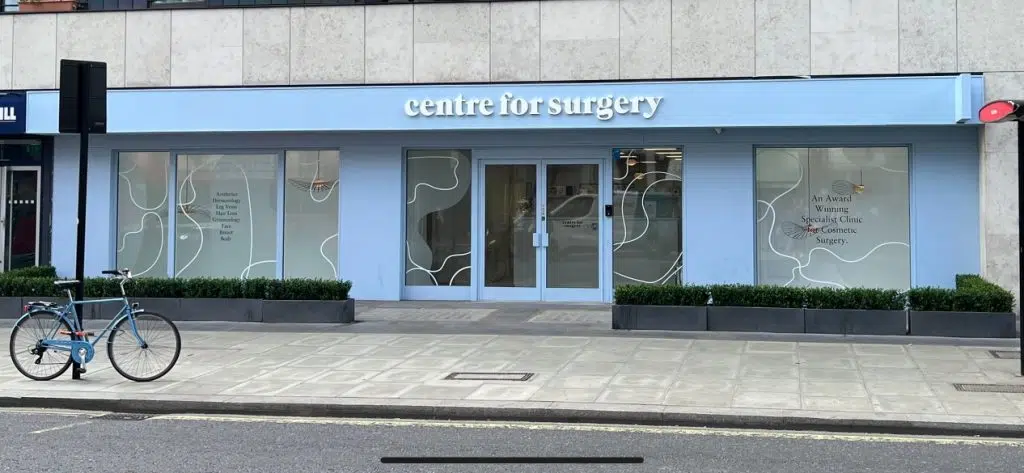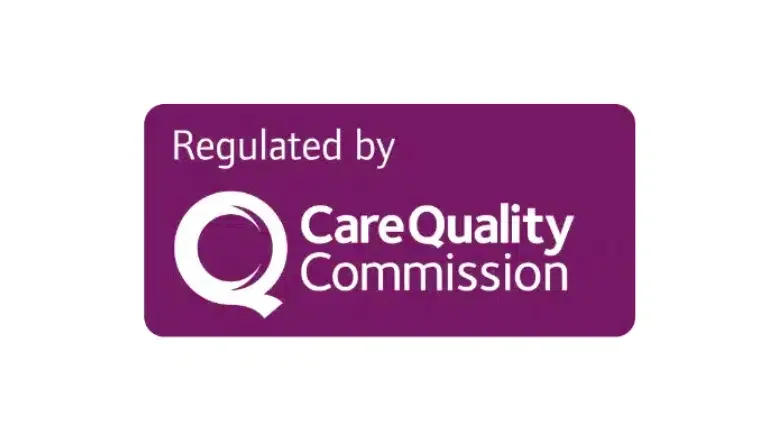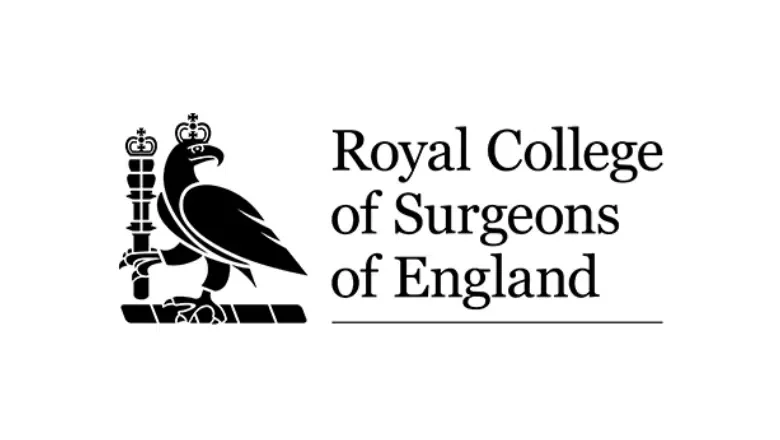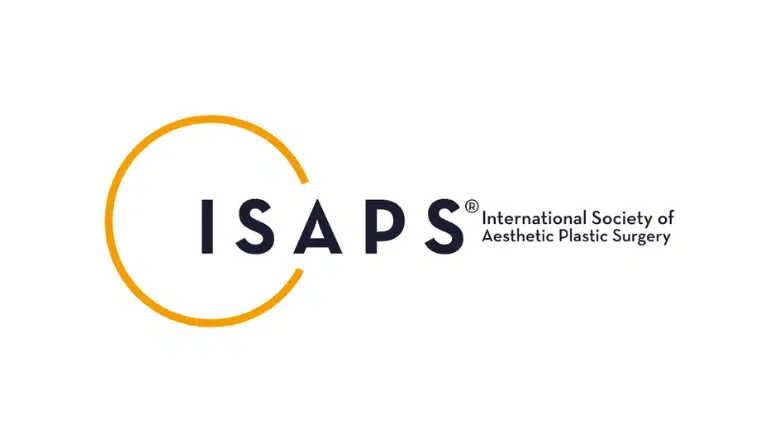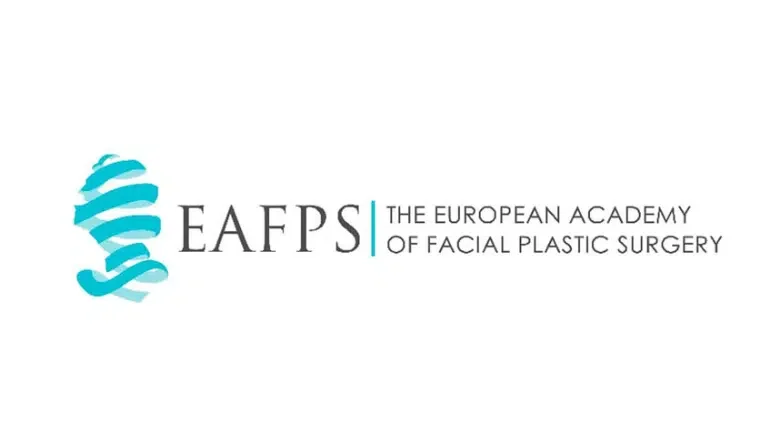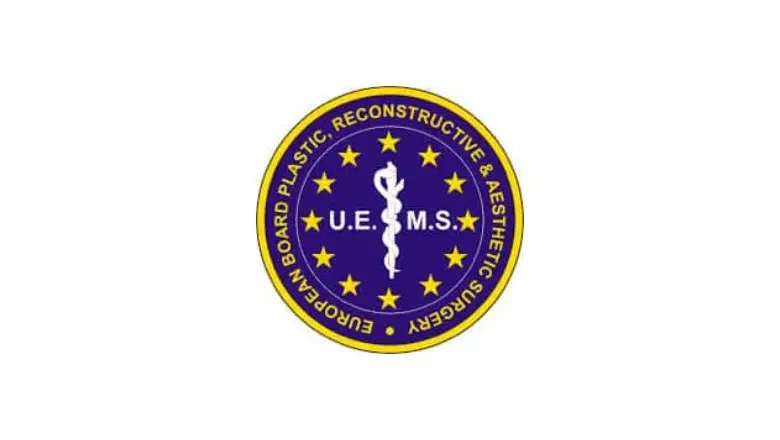Excess Skin Removal Surgery London & UK
Many patients come to us at Centre for Surgery after losing a significant amount of weight. Successful weight loss requires incredible willpower and sheer determination over a sustained period. We wholeheartedly congratulate every patient who achieves their weight loss goals, which often occurs over 12 months or more. Patients who have lost significant weight may experience loose skin problems. No amount of diet and exercise can improve excess skin. Patients will have worked incredibly hard to achieve substantial weight loss, and we have years of experience helping patients after significant weight loss get rid of excess skin with post-weight loss surgery.
RELATED: Body Contouring After Weight Loss
What is Excess Skin Removal Surgery?
Excess skin removal surgery is a broad term used to describe several different types of post-weight loss procedures that are designed to get rid of saggy, loose and excess skin after dramatic weight loss. Common areas of the body affected by massive weight loss include the abdomen, back, breasts, arms, thighs and buttocks.
Here we discuss the most common types of excess skin removal procedures carried out at Centre for Surgery in London.
Extended tummy tuck
Patients who undergo dramatic weight loss often develop loose skin affecting the upper and outer parts of the flies associated with fullness of the waist. A traditional tummy tuck cannot correct many issues affecting the abdomen in those who have lost a significant amount of weight.
An extended tummy tuck or extended abdominoplasty is similar to a full tummy tuck in many respects. However, the lower abdominal incision is much longer and often extends further around the waist and as much as 3/4 or 270° around the lower back. This helps to lift sagging skin affecting the upper outer thigh and narrow the waist. An extended tummy tuck is often combined with liposuction and is quicker to perform than a lower body lift, also known as a 360-tummy tuck.
Belt lipectomy
Massive weight loss can result in significant amounts of excess skin, which affects the circumference of the midsection. This includes the afternoon, waist, upper outer thighs, lower back and buttocks. The best treatment to address skin laxity affecting the entire torso is a lower body lift, also known as a belt lipectomy. Belt lipectomy surgery involves an extended abdominoplasty combined with a buttock lift, and outer thigh lift.
A lower body lift is a major surgical procedure due to the large areas of loose skin requiring removal. A belt lipectomy can dramatically improve the appearance of the abdomen, thighs and buttocks with tighter, smoother and firmer-looking skin. This helps people to achieve a sculpted and defined physique which appears in balance with the rest of their body.
Arm lift
An arm lift or brachioplasty is designed to target loose skin and excess fat in the upper arm. The incisions are located within the inner aspect of the arm, making them appear less visible. Excess skin and fat are removed, and the skin and soft tissues are tightened to enhance the contour and tightness of the arms.
Thigh lift
Thigh lift surgery can effectively address loose skin and excess fat located in the inner part of the thighs. The incisions for a full thigh lift are located within the groin crease and extend down the inner aspect of the thigh. Excess skin and fat are surgically removed to help create shapelier and slimmer-looking thighs.
RELATED: How much does a thigh lift cost?
Buttock lift
A buttock lift involves the removal of excess skin and fat in the lower back region above the buttocks. Many patients develop saggy buttocks after weight loss. Excess skin and fat can be surgically removed with an incision that is located just above the buttocks.
RELATED: How to get rid of saggy buttocks
Buttock lift surgery is designed to lift the buttocks to a more youthful position and may be combined with fat transfer to improve the appearance of flattened buttocks. Fat transfer to the buttocks involves enhancing buttock volume and shape as part of a Brazilian butt lift procedure, also known as a BBL.
Bra line back lift (upper back lift)
A bra-line back lift, also known as an upper back lift, is designed to eliminate excess skin and fat in the upper and mid-back. Bulging fat on the side of the chest is often known as “bra rolls.” The incision extends across the upper part of the back within the area where a bra is located, which explains why it is also known as a bra-line lift.
Male chest lift
Men who undergo massive weight loss often have saggy skin on their chests. A male chest lift can help remove excess skin and fat and may be combined with gynecomastia surgery to achieve a more masculine chest.
Facelift and neck lift
Many people are familiar with facelifts and neck lifts as effective ways to target signs of facial ageing. Few people know that facelift and neck lift surgery are both effective types of excess skin removal procedures that can be used to eliminate loose skin and improve the hollowed-out or gaunt appearance that many people may develop after massive weight loss.
RELATED: How is The Face and Neck Affected by Significant Weight Loss?
Tummy tuck vs Panniculectomy
Many patients with loose skin on the abdomen ask us what procedure is most appropriate to achieve a flat stomach. There are several differences between a tummy tuck and a panniculectomy.
RELATED: Panniculectomy vs. Tummy Tuck
Massive weight loss most commonly results in excess blue skin affecting the lower and upper abdomen. Some patients may be left with loose skin that forms an overhang over the pubic region. This hanging area of skin is also known as a panniculus. Although the incisions for a panniculectomy and tummy tuck are similar, and both involve the removal of excess skin, they are different in several key respects.
A panniculectomy is most commonly carried out to improve medical symptoms due to having excess skin. Common symptoms include skin irritation, fungal infections and pain and discomfort. A panniculectomy allows patients to mobilise normally and exercise without constant skin irritation. Tummy tuck surgery, also known as abdominoplasty, is designed to improve the shape and form of the abdomen and flanks. A tummy tuck involves the surgical removal of excess skin and fat with liposuction combined with abdominal muscle repair, also known as diastasis recti repair. A panniculectomy only involves the removal of excess skin.
Am I suitable for excess skin removal surgery?
Ideal patients for excess skin removal surgery have often lost substantial weight by forming significant areas of excess skin. They must also be in good physical and mental health with no significant chronic medical conditions. Patients should have achieved their target weight within the normal healthy body mass index range and maintained a stable weight for at least 12 months.
Excess skin removal procedures can potentially involve a lengthy period of recovery. It is essential to maintain mobility after the procedure to minimise the risk of DVT and PE. However, patients should take at least one week off work and two weeks off is ideal. Arrangements should be made for a friend or relative to act as a source of support during the early recovery period, as you will be unable to drive or look after small children. Strenuous activities, including going to the gym, should be avoided for a minimum of six weeks after excess skin removal surgery.
All types of surgery involving incisions will result in the formation of scars. Your surgeon will try to position scars within natural skin creases and body folds, which means they can be easily concealed in most types of clothing. However, scarring after surgery may be visible when swimwear or revealing clothing is worn. The location of the incisions will be determined by the type of procedure performed.
Patients considering excess skin removal surgery should have realistic expectations of what the procedure can achieve. Post-weight loss surgery is well known for creating dramatic improvements in appearance, which are noticeable immediately. It is impossible to achieve a perfect body shape after post-weight loss surgery. Aiming for a significant improvement is better, and your surgeon can give you an accurate idea of what can be achieved with post-weight loss surgery.
Excess skin removal surgery is performed at our state-of-the-art Baker Street clinic in Marylebone. We own and operate our surgical facilities, which are regulated by the Care Quality Commission (CQC). Our consultant plastic surgeons have years of experience in carrying out post-weight loss surgery, and we perform more than 150 excess skin removal procedures at our central London clinic. You can be assured of receiving the highest standards of medical care before, during and after your procedure. You will have access to our 24-hour post-operative helpline if you have any questions or concerns during your recovery.
How to prepare for excess skin removal surgery
You will receive detailed preoperative and postoperative surgical instructions specific to the procedure you are having in advance of the day of your surgery. You will also have a face-to-face medical assessment with one of our preoperative expert nurses to make sure you are in the best possible condition for excess skin removal surgery. Our team will advise you on which medications to avoid and what foods to eat to ensure a smooth recovery.
If you smoke, you should stop smoking at least four weeks before and after surgery, as smoking is associated with an increased risk of wound healing complications, including surgical site infection. Patients who have lost more than 25 kg are advised to have a high-protein diet for at least six weeks before and after surgery to minimise the risk of delayed wound healing complications.
Recovery after excess skin removal surgery
Recovery after post-weight loss surgery is determined by the procedure you have had. Although all types of post-weight loss surgery are considered surgically invasive, certain types of procedures are less invasive, including breast lift surgery or Brachioplasty, and the recovery period is quicker after these procedures. Most patients can return to work one week after a breast or arm lift. Gentle cardiovascular exercises, including a walk in the park, are allowed approximately two weeks after surgery. Vigorous physical exercise, including running or lifting weights, should be avoided for at least six weeks.
More major types of surgery, including abdominoplasty, arm lift, thigh lift or lower body lift surgery, involve a longer recovery period. We advise patients to take at least two weeks off work after these procedures. Many may wish to take up to 4 weeks of work, particularly if they have a physically demanding occupation. After approximately three weeks, patients may feel more comfortable and can mobilise better. However, it is important to avoid doing too much too soon and always listen to your body. If you experience any sudden pain or discomfort, you should immediately stop what you are doing and consult with your surgeon.
Healing recovery takes time, and taking plenty of time out for rest will help to minimise the risk of complications. Postoperative swelling can take up to 6 months to disappear, and scars can take up to 12 months to flatten and fade to a faint white line.
Our postoperative nurses are available continuously via our 24/7 support line. If you have any questions or concerns during your recovery, feel free to call us, and we will be more than happy to schedule a face-to-face clinical assessment to ensure you are healing as intended. The Care Quality Commission has described our postoperative care as ‘outstanding’, and we are very proud of this.
Is excess skin removal surgery painful?
Our surgeons take a proactive approach to ensuring your comfort throughout all stages of your recovery after surgery. Your surgeon injects long-acting local anaesthetic during the procedure to ensure the early recovery period is as comfortable as possible. In many cases, your surgeon may insert a portable infusion pump which releases controlled amounts of local anaesthetic at predetermined intervals. This helps you to feel comfortable and relaxed. The local anaesthetic protocols used by our surgeons are so effective that many patients feel they do not need to take more potent forms of pain relief, such as opiates. Opiates have many unpleasant side effects, including nausea, vomiting and constipation.
Potential risks and complications of excess skin removal surgery
As with any surgery, post-weight loss surgery involves certain risks and complications that patients should be aware of before deciding to have surgery. Fortunately, when an expert surgeon carries out excess skin removal surgery, the risk of complications is rare. We are committed to providing high standards of medical care and are available to monitor you closely to prevent or minimise the risk of postoperative complications.
Recognised risks of surgery include bleeding, infection, delayed wound healing, seroma formation, anaesthesia complications, prolonged swelling, fat necrosis and wound breakdown. Most of the potential risks of surgery can be minimised by following your surgeon’s postoperative instructions in full. This will help to promote smooth healing and help you achieve the very best possible results.
How much does excess skin removal surgery cost?
The procedure or combination of procedures undertaken determines the cost of excess skin removal surgery. Other factors include the extent of surgical correction required, the surgeon you choose, and the clinic’s location.
In the UK, the cost of excess skin removal surgery can range widely. On average, you can expect to pay anywhere from £4,000 to £15,000 or more for body contouring procedures. However, please note that these figures are approximate and can vary significantly.
Consult with a qualified plastic surgeon at Centre for Surgery for a personalised assessment and a detailed breakdown of costs based on your specific circumstances. We can provide you with accurate information and discuss the potential costs involved in your particular case.
An accurate costing can be provided once you have had an in-person consultation with an expert plastic surgeon at Centre for Surgery.
Excess Skin Removal at Centre for Surgery
Our consultant plastic surgeons have years of experience performing all types of excess skin removal and perform over 150 post-weight loss procedures each year. Our patient coordinators are always available to act as your personal point of contact throughout your journey with us at the Centre for Surgery.
At your consultation, your surgeon will listen to your ideas, concerns, and expectations and perform a physical examination to determine the most appropriate type or combination of procedures to help you get the best possible results. You will receive a detailed quotation from your dedicated patient coordinator immediately after your consultation. Centre for Surgery offers full finance options for eligible applicants, including 0% finance. Our practice philosophy is focused on achieving optimum results to help you feel amazing about your new look. Contact us today to schedule an in-person consultation at our state-of-the-art plastic surgery clinic in central London.
FAQs
-
What are the medical terms for excess skin removal surgery?Excess skin removal surgery is medically referred to as a body lift or surgical body contouring. This term encompasses various procedures aimed at removing unwanted skin to improve the body's appearance after significant weight loss.
-
Is excess skin removal covered by private health insurance?Often, private health insurance may cover skin removal surgery if the excess skin causes medical issues, such as discomfort or skin infections. To determine if you qualify for insurance coverage, you should consult your healthcare provider or surgeon who can advise based on your specific condition.
-
How much weight loss is necessary before considering excess skin removal surgery?While there isn't a defined amount of weight loss needed for skin removal surgery, typically, those who undergo this procedure have lost a substantial amount of weight. It's important to consider whether the changes in your body meet your personal needs for surgery.
-
When is the right time for skin removal surgery after losing weight?It's advisable to wait between three to six months after achieving and stabilising your weight within a normal range before undergoing skin removal surgery. This waiting period ensures that your weight is stable and that your health is in good condition for the surgery.
-
What is the duration of a skin removal surgery procedure?The duration of the surgery generally ranges from three to five hours. This timeframe can vary depending on how much skin and fat need to be removed and the specifics of the surgical technique used.
-
Will there be visible scars after skin removal surgery?Scarring is inevitable following skin removal surgery, but the placement of scars is typically in areas that are easily covered by everyday clothing, like undergarments and swimsuits. Post-recovery, your surgeon can offer solutions to minimise and manage scarring effectively.



